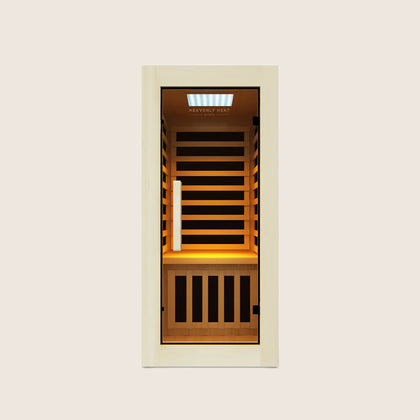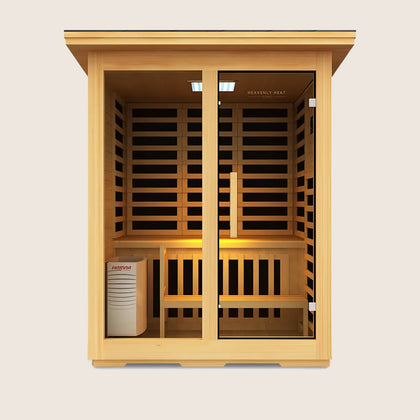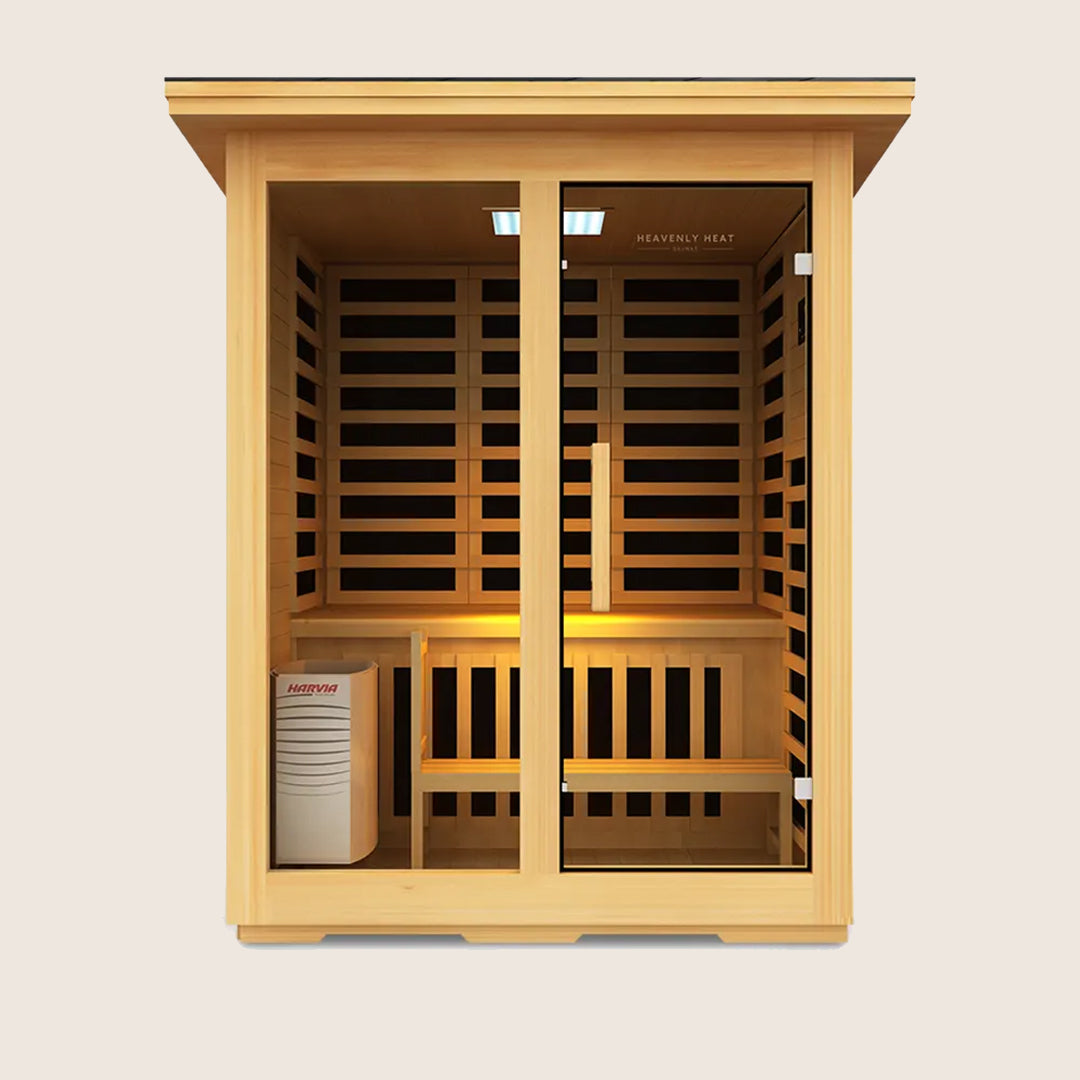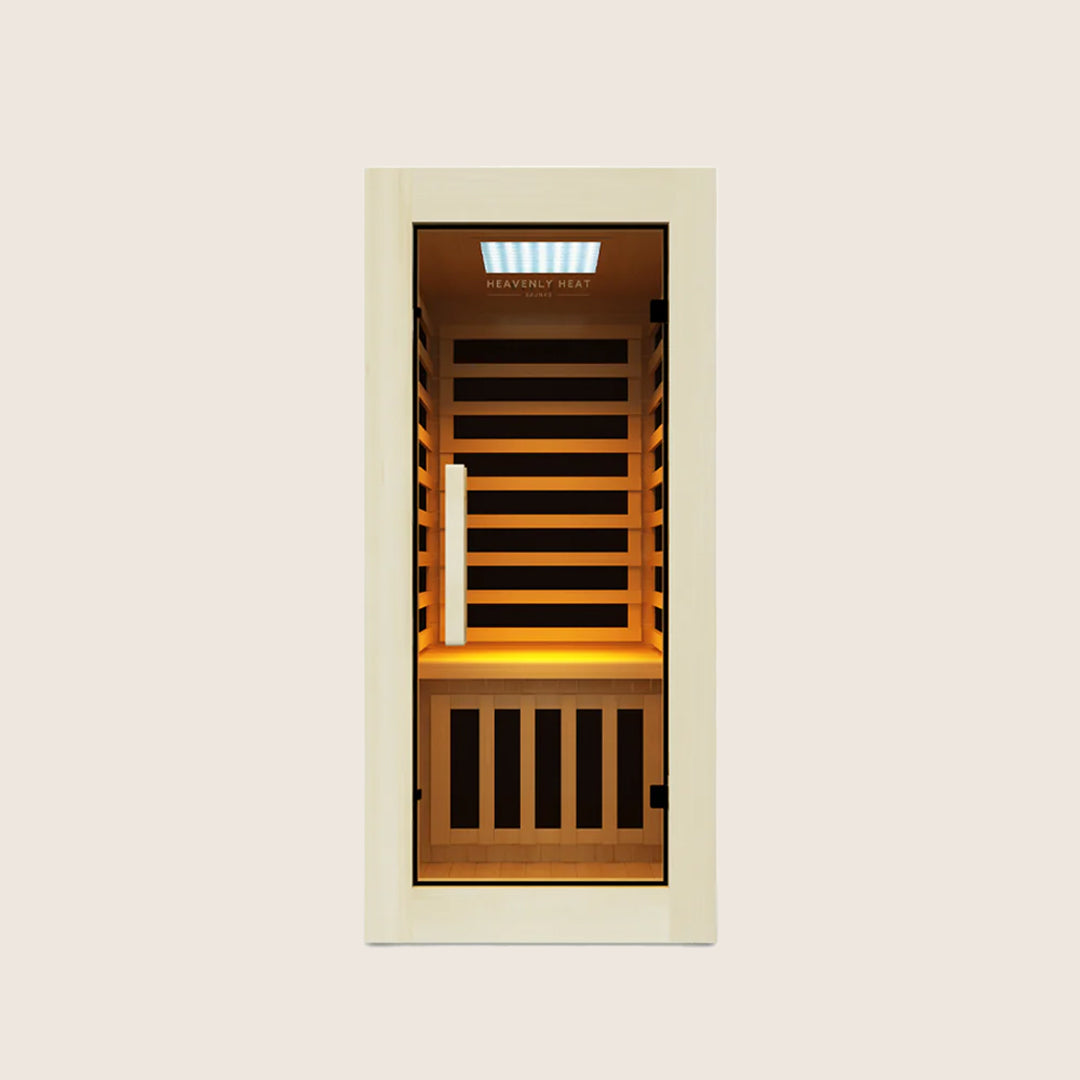Things You Should Never Do After a Cold Plunge
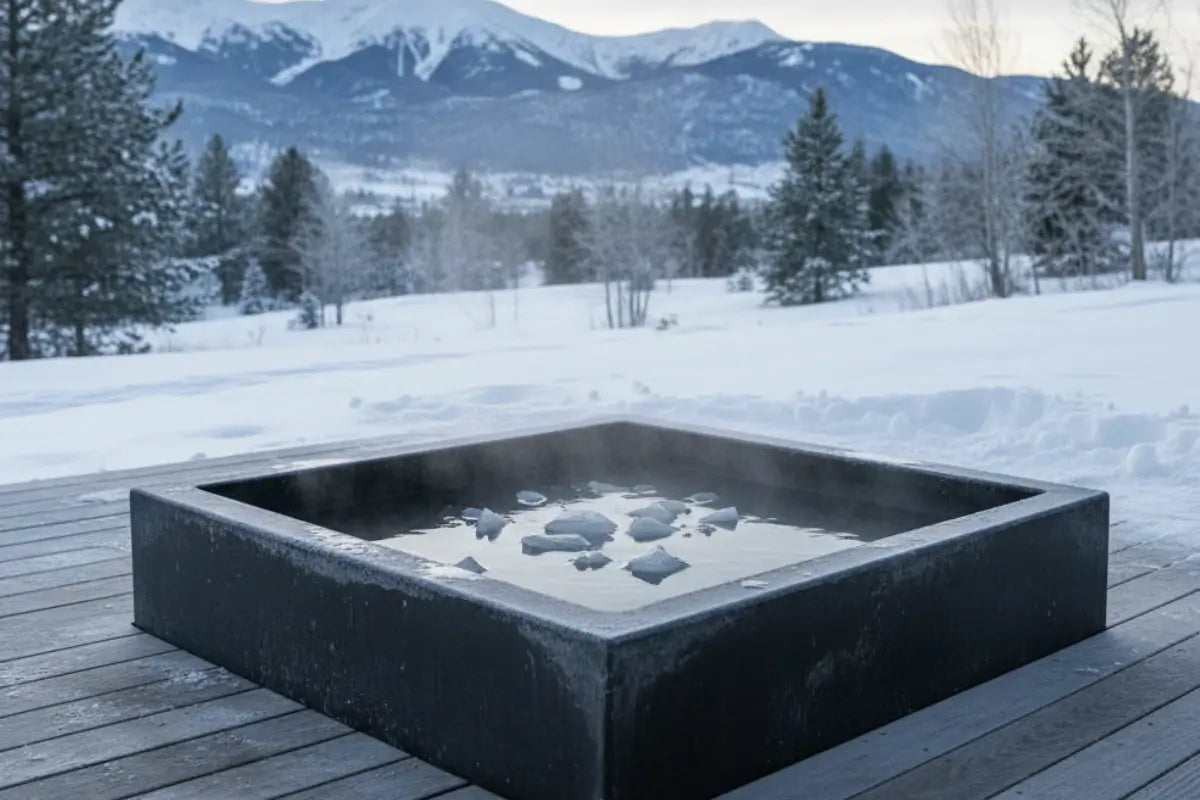
Cold plunges feel amazing, but what you do afterward matters just as much as the dip itself. Skipping proper care can leave you shivering, dizzy, or even at risk of hypothermia.
From sudden hot showers to ignoring shivering, certain mistakes can ruin the benefits. Read on to learn 13 things you should never do after a cold plunge.
Table of contents
What Is a Cold Plunge?
A cold plunge involves briefly immersing the body in 50–70°F (10–20°C) water using an ice bath, tub, or natural source.
Benefits include reduced muscle soreness, improved circulation, enhanced mood, stress resilience, and increased metabolism, though risks like cold shock, hypothermia, and potential muscle growth inhibition exist.
13 Things You Should Never Do After a Cold Plunge
Skip Warming Up
After a cold plunge, it might feel tempting to just towel off and move on, but skipping a proper warm-up can be dangerous.
Cold water constricts blood vessels and drops your core body temperature, which helps ease sore muscles and reduce inflammation, but your body still needs care once you step out.
The American Heart Association warns that the risk of hypothermia continues after leaving the water, so it’s important to immediately swap wet clothes for dry, insulating fabrics and cover your head.
Light activity, like gentle arm swings or walking, encourages circulation without causing sweat, while warm drinks and high-energy snacks provide internal heat.
The Cleveland Clinic also suggests using sauna therapy for 15–30 minutes after a cold plunge to help your body safely return to its normal temperature.
Skipping these steps can prolong cardiovascular stress, leave you shivering or dizzy, and even put you at risk of hypothermia, negating the benefits of your ice bath.
Jump Straight into Hot Water
After a cold plunge, it might feel tempting to hop straight into a hot bath or shower, but this sudden shift can put significant stress on your body.
Cold water causes blood vessels to constrict, reducing blood flow to the skin and extremities while temporarily raising your heart rate.
Moving immediately into hot water then forces these vessels to dilate rapidly, sending a sudden surge of blood to the surface.
This “pulsing” effect can trigger flushing, lightheadedness, and abrupt changes in blood pressure.
Research highlighted by the European Journal of Internal Medicine suggests that extreme temperature swings may increase the risk of cardiovascular events, particularly in vulnerable individuals.
A study from Taylor & Francis Online also shows that sudden cold exposure followed by heat can disrupt heart rate variability and the balance between the sympathetic and parasympathetic nervous systems.
Experts at the Mayo Clinic advise gradual rewarming, using warm, insulating clothing rather than hot water, and caution against heating limbs quickly, as well as avoiding alcohol or smoking, to safely restore your body’s core temperature.
Neglect Hydration
Hydration is essential after a cold plunge because the body loses fluids quickly. Signs of dehydration include dry lips, dizziness, or fatigue.
Drinking water or an electrolyte-rich beverage immediately helps restore core temperature, supports circulation, and reduces the risk of hypothermia.
Drink Alcohol Immediately
After a cold plunge, it might feel natural to grab a drink to “warm up,” but drinking alcohol right away can be risky.
Alcohol can make your skin feel warm by widening blood vessels, yet it actually draws heat away from your body’s core, lowering your overall temperature and raising the risk of hypothermia.
Research highlighted in the Journal of Wilderness Medicine shows that alcohol interferes with the body’s natural cold responses, like shivering, and can worsen hypoglycemia, further dropping core temperature.
Emergency medicine specialists warn that this false sense of warmth can be dangerous, particularly outdoors, because it can cloud judgment and mask how cold your body truly is.
The UPMC HealthBeat also advises avoiding alcohol before or after ice baths, noting that combining cold exposure with drinking is a hazardous mix.
To stay safe, it’s better to gradually warm your body with dry clothing, blankets, or gentle heat sources rather than relying on a drink.

Overeat Right Away
After a cold plunge, it might feel natural to reach for a big meal to “refuel,” but overeating immediately can cause discomfort.
Research highlighted in Peptides shows that cold exposure can slow gastric emptying, meaning food stays in your stomach longer than usual.
Meanwhile, Case Western Reserve University notes that blood flow temporarily shifts away from the digestive system after a plunge, which can make nutrient absorption less efficient and may increase bloating or discomfort if you eat too much too quickly.
Interestingly, a study from Endocrine Connections found that while short-term cold exposure ramps up energy expenditure, it doesn’t automatically make you hungrier, so your body isn’t always ready for a heavy meal.
Nutrition experts recommend waiting about 30 minutes after a plunge before eating a balanced meal, starting with water to rehydrate first.
This short pause allows circulation and digestion to return to normal, helping your body process nutrients efficiently.
Taking it slow ensures recovery is comfortable and supports overall energy balance after cold exposure.

Do Intense Exercise
Jumping into intense exercise right after a cold plunge might feel like a way to stay active, but research urges caution.
Studies highlighted by Frontiers in Physiology show that cold-water immersion (CWI) is effective for reducing muscle soreness, fatigue, and exercise-induced damage, lowering markers like creatine kinase and lactate within 24–48 hours, and helping muscles recover faster.
However, when it comes to building strength and muscle mass, evidence cited by the European Journal of Sport Science suggests that performing resistance training immediately after a cold plunge may slightly reduce hypertrophic gains compared to training without CWI.
On the endurance side, findings from the Mayo Clinic Health System indicate that cold-water immersion doesn’t appear to negatively impact stamina or endurance performance.
Experts generally recommend giving your body some time between a cold plunge and high-intensity or resistance workouts to maximize strength and muscle-building benefits.
In short, while cold plunges are great for recovery and reducing soreness, pairing them directly with intense exercise could limit muscle growth, so it’s wiser to schedule tough sessions before, or well after your cold exposure.
Ignore Shivering
Shivering signals that your core temperature is dropping. Ignoring it can lead to hypothermia and muscle exhaustion.
Safe ways to reduce shivering include wearing warm clothing, moving gently, or drinking something warm. Prolonged exposure can also increase the risk of frostbite.
Go Outside Without Proper Clothing
Stepping outside right after a cold plunge without proper clothing can be risky. When your body is wet, heat escapes much faster, even in mild temperatures, raising the chance of hypothermia or cold-related injuries.
Immersion in cold water lowers your core temperature quickly, and exposure to chilly air afterward can further drain your energy.
The Centers for Disease Control and Prevention (CDC) notes that early signs of hypothermia include shivering, fatigue, and confusion, while severe cases may cause blue skin, slowed pulse, and even unconsciousness.
Frostbite is another danger, especially for exposed areas like fingers, toes, and ears, and it can result in permanent tissue damage.
Wearing the right clothing helps trap warmth and slow heat loss, protecting your core temperature. Fabrics such as wool or synthetic layers are ideal, while cotton should be avoided.
Following guidance from the CDC, staying dry and properly dressed after cold exposure is crucial to prevent complications and allow your body to recover safely.
Skip a Post-Plunge Shower
A shower after a cold plunge removes sweat, bacteria, and impurities. Skipping it can leave skin dry, itchy, or irritated, and increase hygiene risks.
Showering also supports circulation, aids recovery, and helps muscles relax after cold exposure.
Use a Sauna Immediately
It might seem refreshing to jump straight from a cold plunge into a hot sauna, but experts urge caution.
Research led by the Western Norway University of Applied Sciences is investigating how this combination impacts heart rate, blood pressure, and stress responses.
Preliminary findings suggest it may help with blood pressure regulation, though researchers note that mental expectations can also influence physical outcomes.
At the same time, the American Lung Association warns that rapidly switching from extreme cold to intense heat can strain the body, increasing the risk of dizziness, fainting, or cardiovascular stress, especially for children, older adults, pregnant individuals, or anyone with chronic heart or lung conditions.
To stay safe, specialists recommend waiting briefly between temperature extremes. After a sauna, a cold plunge lasting 2–5 minutes in water between 10–15°C is ideal, and a cold shower works as a practical substitute if a plunge isn’t available.
Being mindful about timing ensures you can enjoy the benefits without compromising your health.
Take Certain Medications Without Advice
A cold plunge might feel exhilarating, but it can affect how your body handles medications. Cold exposure narrows blood vessels, raises blood pressure, and triggers stress hormones like adrenaline and cortisol.
If you take blood pressure medications, these effects can reduce their effectiveness and put extra strain on your heart.
For those on blood thinners, cold can make blood platelets stickier, increasing the risk of clots. Cold plunges also temporarily boost heart rate, breathing, and cardiovascular stress, which may amplify side effects of drugs for the heart or circulation.
Reduced blood flow to extremities can change how medications are absorbed or distributed, while stress hormones may interfere with drugs for inflammation or blood sugar.
If you take medications for blood pressure, heart conditions, or circulation, always check with your doctor before taking a cold plunge.
Sleep Immediately
After a cold plunge, it’s tempting to crawl into bed, but sleeping right away can be risky. Research highlighted in PLoS ONE shows that cold exposure elevates blood pressure and heart rate, particularly in people with prehypertension, increasing the likelihood of sleep-related cardiovascular events.
Meanwhile, studies from the Journal of Physiological Anthropology explain that while cold water may not directly disrupt sleep stages, it challenges your body’s thermoregulation.
Staying wet or chilled can slow warming, causing discomfort or even hypothermia in cooler conditions.
Recovery experts recommend giving your body time to adjust: dry off, change into warm clothing, sip a hot drink, and move gently to help circulation stabilize.
This allows your autonomic nervous system to settle, preparing you for restorative sleep. For athletes or anyone using cold immersion, it’s best to see it as part of a full recovery routine rather than a shortcut to rest. Waiting before sleeping ensures safety, comfort, and higher-quality sleep.
Ignore Your Body’s Signals
After a cold plunge, it can be tempting to tough it out, but your body gives clear signs when it’s reached its limit.
Shivering, numbness, dizziness, or lightheadedness are red flags that it’s time to end your session.
Overlooking these warnings can have serious consequences, from hypothermia, characterized by clumsy movements, poor judgment, and cold, pale skin, to irregular heartbeats or nerve damage caused by extended exposure.
Research from the University of Portsmouth highlights that even after leaving the water, your core temperature can keep dropping, a phenomenon known as afterdrop, which may lead to fainting or collapse.
Beginners should start with short immersions of 2–5 minutes in water between 50–60°F (10–15°C), gradually increasing time as tolerance builds.
Paying close attention to how your body reacts and adjusting temperature or duration accordingly can help prevent frostbite, pulmonary edema, or other cold-related injuries.
Respecting your body’s signals isn't a weakness, it’s the safest way to enjoy cold plunges and reap their benefits without lasting harm.


